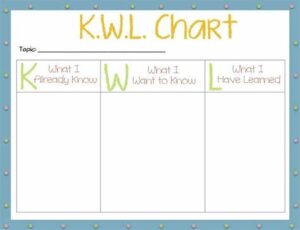“Age of the Machine”
Teaching cyber literacy is something that should be done for every member of society today! There should be mandatory courses for every human who touches a computer because the number of cyber-illiterate people in society is too many—more than what should be allowed!! Now that more and more of the world is going digital, knowing how to navigate that life is going to be more necessary than what our society shows we are capable of currently.

Unfortunately, we have control of a very small population of humans but if done properly, the next generation will be set up very well and can hopefully help the older people in their lives navigate through a very dense pond of ridiculousness.
I feel like a fun/powerful approach to teaching students about cyber literacy would be to start similarly to how Katia designed our class. I am not sure if it would be best to tell them what you’re going to teach them before this class or to start by shocking them with some articles from non-reliable sources much like they do in this NY Times article on teaching in the classroom and then start to show them progressively more and more outlandish articles until they start really calling out “This can’t be real.” While using this method, throw in some real articles to show that some articles could seem like there’s no way that could be real, but it is a crazy world out there when we get right down to it. Then, with a guide like this one by Dynamic Landscapes, start to compare and contrast a few articles – the real vs. the fake. I see this as being very interactive and very student-guided, with the teacher’s role being to facilitate learning as well as to maintain focus and order in the classroom. Depending on the class, you could break them into groups afterward and have them come up with a list of things to check, and have a list of sources.. maybe they could design a Kahoot! or some sort of test like that to present to the class and see how well their classmates could spot out the real vs. fake news.
 A K-W-L chart would be a great tool for this type of lesson, especially after tricking them to see if they fell for it. See how much they already know about fake news and conspiracy led articles and see if being tricked sparked some questions on the topic, if there’s anything maybe they would like to learn more about. And then finally tracking what it is they learned as well. Depending on the class (as it always does) you could do a full class K-W-L or maybe individual ones and collect them and then tie together a larger one after gathering some data to keep some anonymity if that is something those individuals seek.
A K-W-L chart would be a great tool for this type of lesson, especially after tricking them to see if they fell for it. See how much they already know about fake news and conspiracy led articles and see if being tricked sparked some questions on the topic, if there’s anything maybe they would like to learn more about. And then finally tracking what it is they learned as well. Depending on the class (as it always does) you could do a full class K-W-L or maybe individual ones and collect them and then tie together a larger one after gathering some data to keep some anonymity if that is something those individuals seek.
However, I had this really great plan until I started reading these lesson plans using critical thinking in the classroom. I believe how I have set up the conversation above will help students think critically about reading articles online but I hadn’t considered putting them into a math or science lesson. After reading that article, is there a way you would fit something like this into another subject other than ELA with critical reading skills?